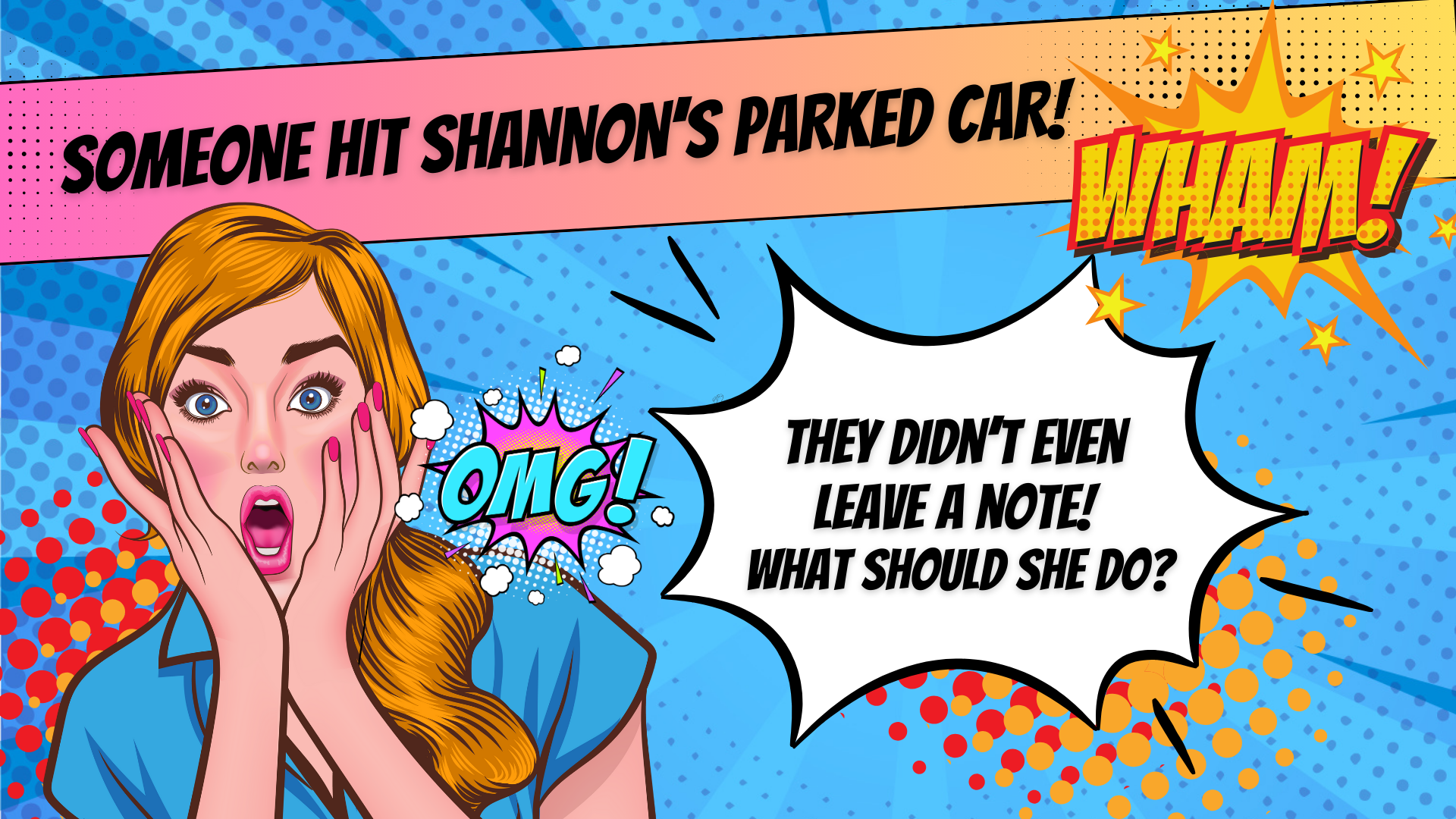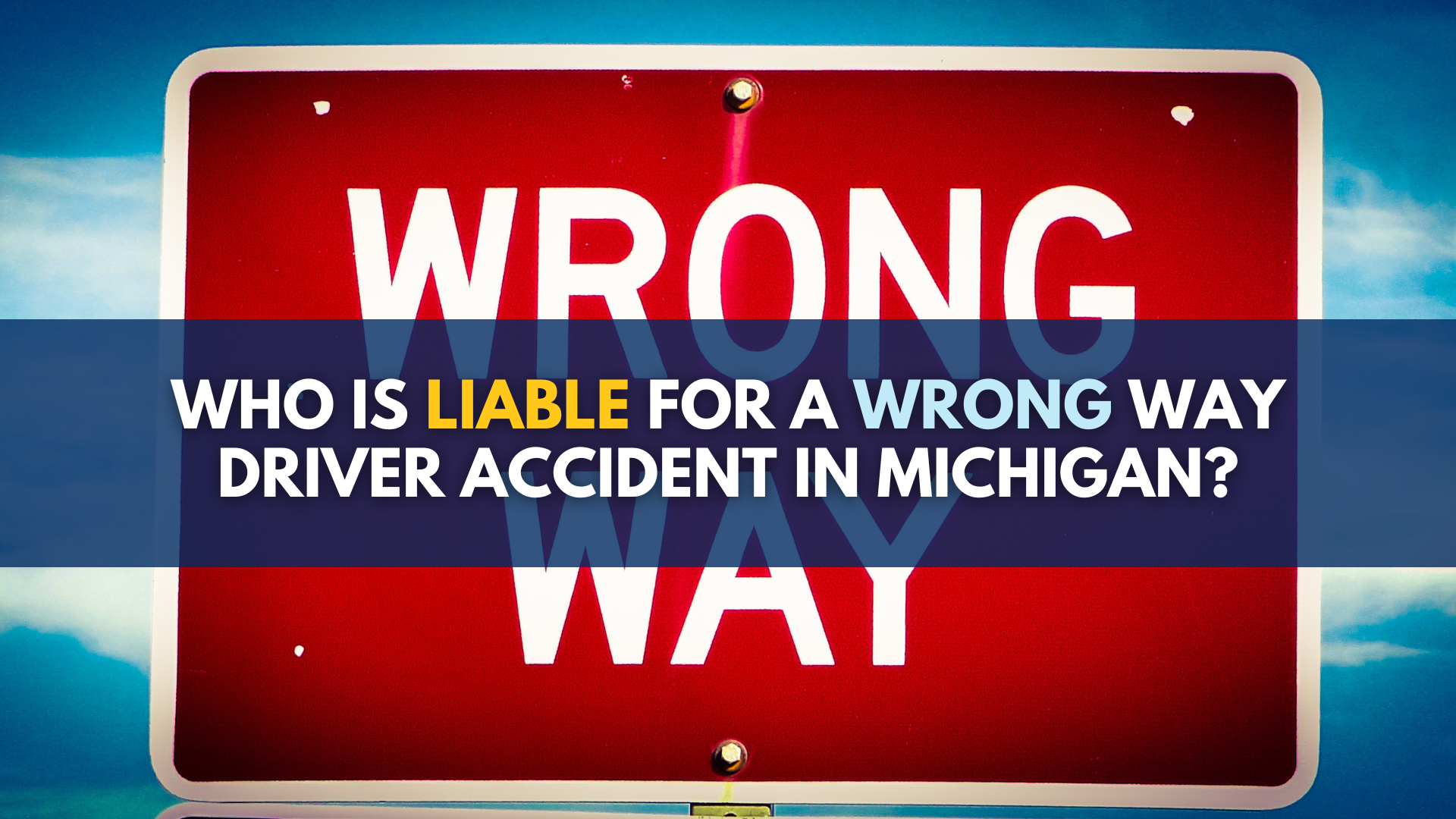I was interviewed today by the Michigan Lawyers Weekly about an important new auto accident decision released December 27, 2007, called Benefiel v. Auto Owners Insurance Company. For Michigan lawyers who litigate automobile accident cases, this is the first case to analyze what the Michigan Supreme Court meant when it wrote in Kreiner v. Fischer that the relevant period of inquiry after a car accident is a person’s “whole life,” finding: “we do not require that every aspect of a person’s life must be affected in order to satisfy the tort threshold…Rather, in a quite distinct proposition, we merely require that the whole life be considered in determining what satisfies this threshold, i.e., whether an impairment “affects the person’s general ability to lead his or her life.” Kreiner at 133 fn 16.
Mr. Benefiel was injured in two different car accidents within a year. The issue became: what period of time should be used to determine his “normal life” under Michigan’s auto law? The trial court had dismissed Mr. Benefiel’s case, saying Mr. Benefiel was not entitled to pain and suffering damages after his second car accident, because under Michigan law, the second car accident had not changed his life from his first accident. The trial court had focused only on his life after the first car accident. The Court of Appeals reversed the trial court, and offered an illustrative analysis of the Supreme Court’s analysis of Kreiner v. Fischer’s “whole life” theory.
In order to determine what was meant by the phrase a “whole life”, the Court of Appeals uses two examples. The first example is a person who is involved in a car accident, and suffers an injury which would otherwise heal normally (i.e., broken leg). While the plaintiff is recovering, however, he is injured again in a second accident. In this example, the Benefiel court explains that a “whole life” analysis should not be limited to the timeframe after the first car accident because, in addition causing new injuries, the second accident took away the plaintiff’s opportunity for complete recovery from the first accident. Therefore, it would be unfair to look only at the time period after the first car accident when determining his “whole life”, because the limitations after the first car accident are not usual or “normal” limitations.
In the second example, the Court posed the example of someone who is not capable of a complete recovery after a first accident (i.e., a severed leg). Unlike the first example, the “whole life” analysis – that is, determining whether the second car accident has now affected the course of his “normal life” – will concern only the timeframe between accidents, because of the permanency and the completeness of the first injury. This hypothetical plaintiff was never going to recover from his initial injury. The severity of the first injury means that this plaintiff’s course and trajectory of life was already significantly changed when he was involved in the second accident. Thus, the court says, the hypothetical plaintiff’s “normal life” must be determined in relation only to those activities he was able to do after the first accident and before the second accident. It should be noted, that the Court does state in a footnote following this second example that this hypothetical is not exhaustive and does not consider a permanently injured person suffering additional personal injury that may be catastrophic or otherwise sufficiently serious to constitute a serious impairment of body function. In Benefiel, the Court found that the second car accident did cause the plaintiff the loss of opportunity to completely heal and become pain-free after the first car accident without being “burdened by further complications or any additional conditions he sustained due to the second car accident.”
Although it is impossible to know what Mr. Benefiel’s residual impairments would have been if the second car accident had not occurred, there was no evidence on record to suggest that the first car accident would have resulted in a catastrophic, permanent, residual impairment physically incapable of healing. Therefore, a review of Mr. Benefiel’s “whole life” to determine the period of inquiry of his “normal life” should not be limited to the timeframe only following his first car accident.
As an attorney, the main concern I have with Benefiel, which is otherwise an excellent and very well-reasoned opinion, is the danger it poses to people similar to the second hypothetical plaintiff. This analysis of a person’s “whole life” in order to determine his or her “normal life” is simply too restrictive. It also contradicts our standard jury instruction in Michigan which states that a defendant “takes the plaintiff as he or she finds him.” This instruction is a fundamental principal of tort law that lawyers learn the the first day of law school. People who have already suffered a catastrophic injury are more vulnerable. This is why we have the standard jury instruction to begin with. People who suffer a severe injury from a car accident, and who then suffer additional pain or an exacerbation of a personal injury due to another person’s negligence in a second car crash, are more deserving of help and protection, not less. To be fair, my concern is partly addressed by footnote 2 of Benefiel, where the court wrote about the permanently injured person suffering additional injuries that may be catastrophic or otherwise sufficiently serious to constitute a serious impairment of body function, but even this footnote is still far too restrictive. There are many personal injuries that are not catastrophic, but that may still greatly affect the quality of an already sadly diminished life.
To illustrate my concern, let’s take the neck injury and neck surgery that Mr. Benefiel had, and then add a second car accident that causes, for example, a traumatic activation of previously asymptomatic arthritis, or disk disease, to Mr. Benefiel’s low back. Are we now saying that his second low back injury would not be of pain and suffering compensation? What if, due to the limitations of a permanently fused spine, Mr. Benefiel’s lifestyle after such a significant first accident that required neck surgery consisted of little more than watching television? Watching television without pain would certainly be an important activity for someone severely injured in a car accident who was already disabled. This second car accident that now causes low back pain might not seem like much , but watching television without pain might be all he had left. After the Benefiel analysis of what constitutes a person’s “whole life,” this second car accident and subsequent injury would not qualify as a compensable injury under Michigan law. After all, it certainly is not the type of injury that would be considered “catastrophic or otherwise sufficiently serious.” But it is exactly the type of injury, to exactly the type of person, which shows just how wrong our current automobile accident threshold law is in Michigan.
Those members of our society who are more in need of our protection are the people who are most punished by our current auto law: the very young, the very old, those outside the workforce and already disabled due to a pre-existing ailment or injury.


